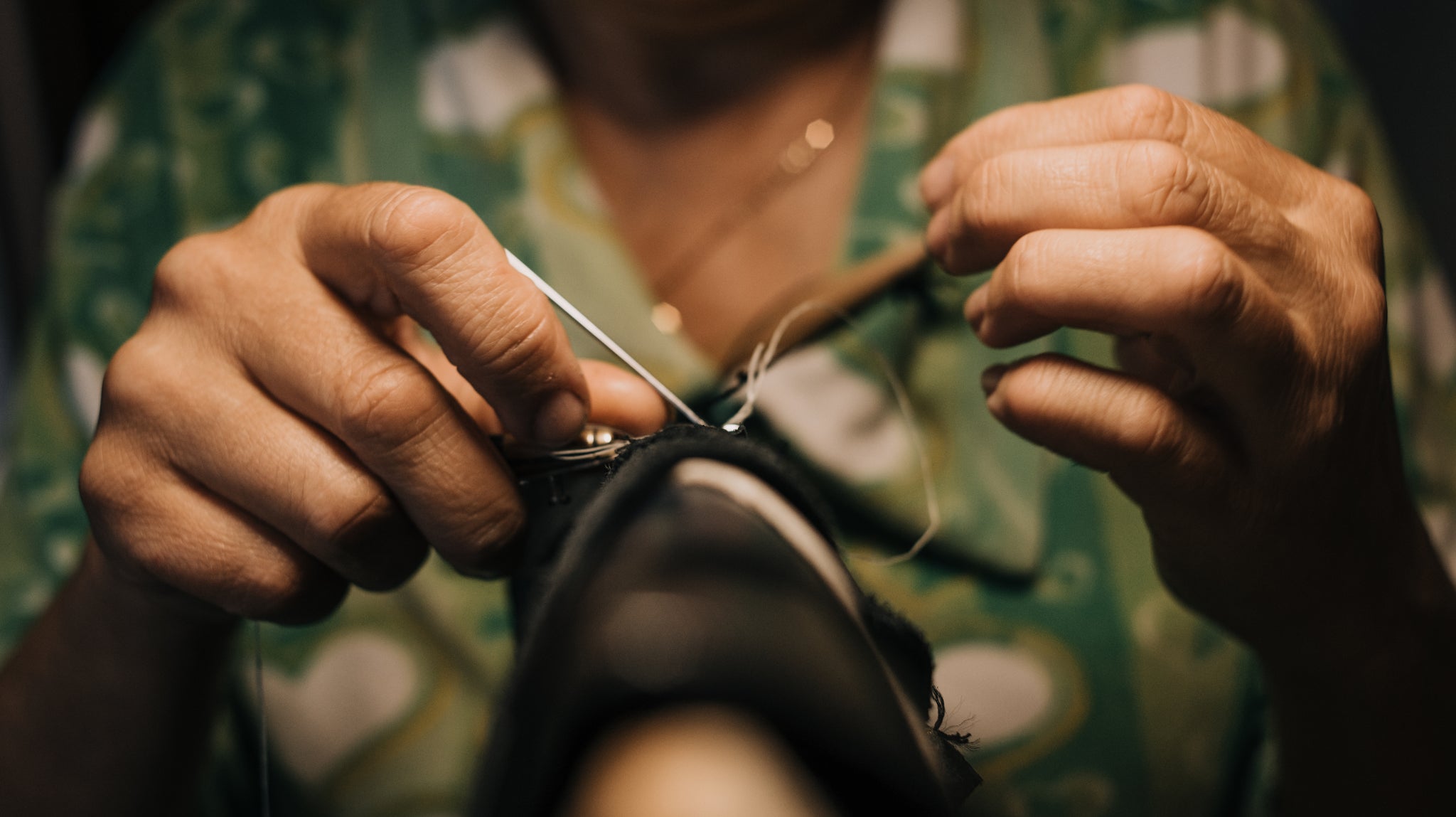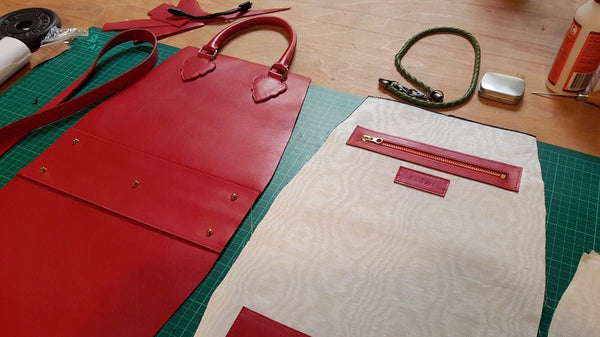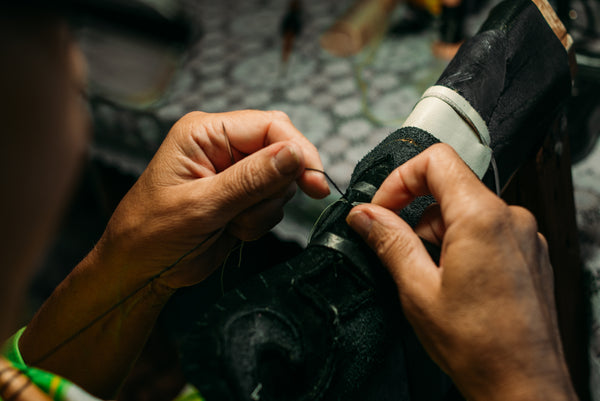Cultural Sustainability Manifesto

The modern enterprise prioritises shareholder value. Within fashion and luxury, this translates into a push for lower costs. Brands often achieve this by mass-producing items and standardising production processes.
At the same time, the advent of social media has transformed the 'customer', reinforcing the desire for exhibition and appearance. Brands have responded by increasing their product range and speed to market, boldening their visual identity, and revolutionising their logistics. The fast-paced nature of modern fashion has also influenced the Luxury Industry.
These drastic changes have made the 'old model' of luxury, for the most part, extinct. This model was based on small scale craftsmanship of singular items. Luxury was defined by uncommon skill, materials and creativity.
In contrast, the economic model of 'new luxury' relies on the 'democratisation' of status symbols to the middle class. There are several implications of this new model. First, image has become a brand's best asset. Second, volumes and the cost of production have drastically decreased. Third, the materials and styles that make a luxury item are widely available and often copied.
Yet not everything has changed. The driving force of the luxury industry, exclusivity, has remained the same. People wish to communicate a message about themselves through the ownership and use of objects desired by society.
In the new model of luxury, however, the essence of exclusivity has changed. 'Natural' scarcity linked to the productivity of craftsmen working with their hands has given way to 'perceived' scarcity. Brands achieve a sense of exclusivity by category segmentation and limited releases.
The new model of luxury has proven economically successful, but it had implications for our cultural heritage. The artisans who could not modernise their processes and achieve lower production costs were left behind. Masters of ancient crafting techniques, especially those outside Europe, are among those who suffered the most.
The shifting nature of artisanal work, coupled with different social, demographic and economic factors, put many forms of craftsmanship at risk of extinction.
Altari believes that craftsmanship, like our art, our traditions and languages, is a defining trait of the human species. Saving the techniques at the heart of our cultural heritage means saving our rich and diverse identity. We believe this is a cause worth fighting for.
In accepting the importance of diverse cultural heritage, there is a question left unanswered: "What is the role of ancient forms of craftsmanship in tomorrow's world?". Altari's answer is Cultural Sustainability.
We see this as the concept of reinterpreting the artistic value of ancient craftsmanship within modern designs to preserve and evolve it.

We believe that the Cultural Sustainability business model will define how artisans, creators and customers will interact for centuries to come.
Why? Because Cultural Sustainability creates new opportunities for society as a whole.
Those who seek profound meaning in their possessions will experience a deeper connection with one-of-a-kind creations that carry centuries-old heritage passed across generations. For customers, Cultural Sustainability means distinctive style, high quality and ethically responsible choices.
For artisans, this new business model bridges small scale localised production and the global market for art and luxury goods. Cultural Sustainability paves the way to the new model of luxury for ancient forms of craftsmanship in respect of culture and traditions. Increased demand for a technique, coupled with external support, will attract and develop the next generation of artisans, ensuring its survival. At the same time, shining a light on unseen lands, cultures and traditions will also create opportunities for the artisans' communities.
For designers, Cultural Sustainability will usher a new era of creative inspiration. Merging the cultural heritage and artistic expressions of peoples with modern styles will result in a new breed of designs. The symbiosis of creators and master craftsmen will ensure that these creations respect the beliefs and traditions of the cultures which have inspired them. In doing so, Cultural Sustainability settles the 'Cultural Appropriation' debate.
How does Altari fit into this picture?
We are not only the pioneer but the very embodiment of Cultural Sustainability. We are a handbag brand on a mission to save the ancient art of Tatar leather mosaics from extinction.
In reflection of our founders, the brand is born from a mix of Central Asian, Tatar and Italian culture. Our collections are designed in London and made in Italy. However, the focal point of each handbag is the Tatar leather mosaic, an ancient embroidery technique dating back over 1000 years. Each leather mosaic is meticulously hand-stitched by our artisans in Tatarstan, Russia.
Only a few dozen artisans remain who have the skills to craft leather mosaics. These masters take days of handwork to complete the thousands of stitches that bind each piece. This degree of craftsmanship makes each mosaic a work of art, each handbag irreplicable and each collection limited in nature.
Altari is taking concrete steps to preserve ancient craftsmanship, pledging at least 5% of annual revenue towards the development of a new generation of Tatar mosaic artisans. Our investments and support will be co-designed with artisans and their communities; this will include training, equipment and infrastructure.
This manifesto is the statement of an embryonic concept that will preserve the diversity of our cultural heritage. As we evolve and refine the Cultural Sustainability model with the Tatar Mosaic, we hope to inspire others to join this movement.



